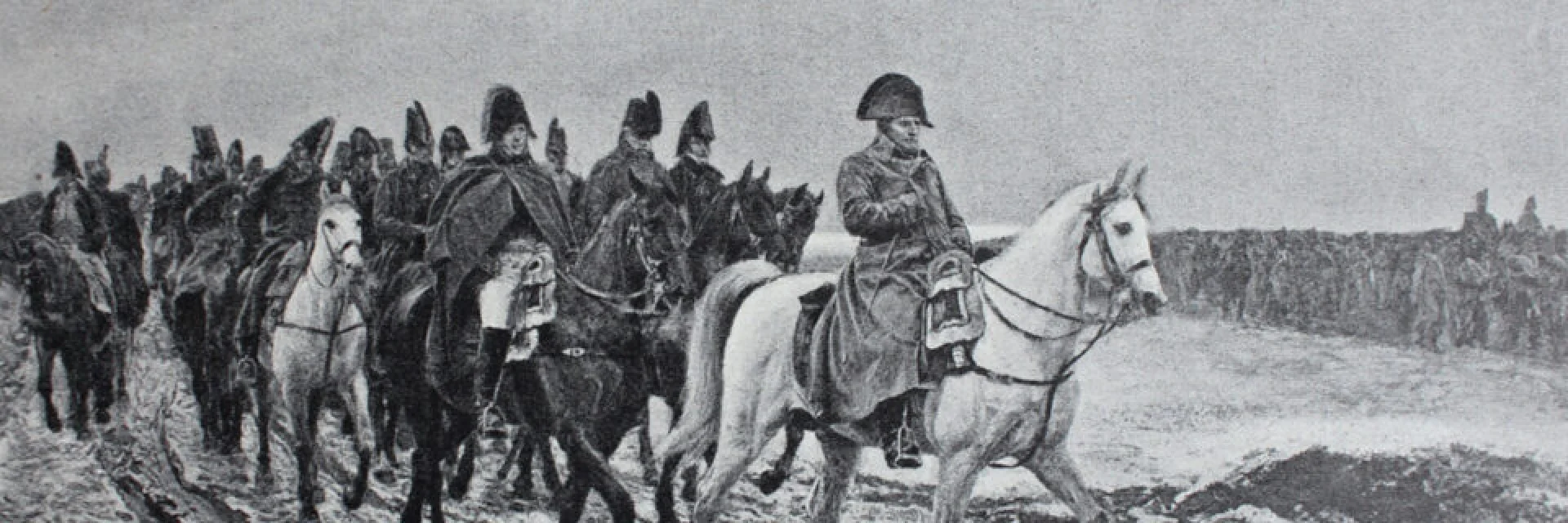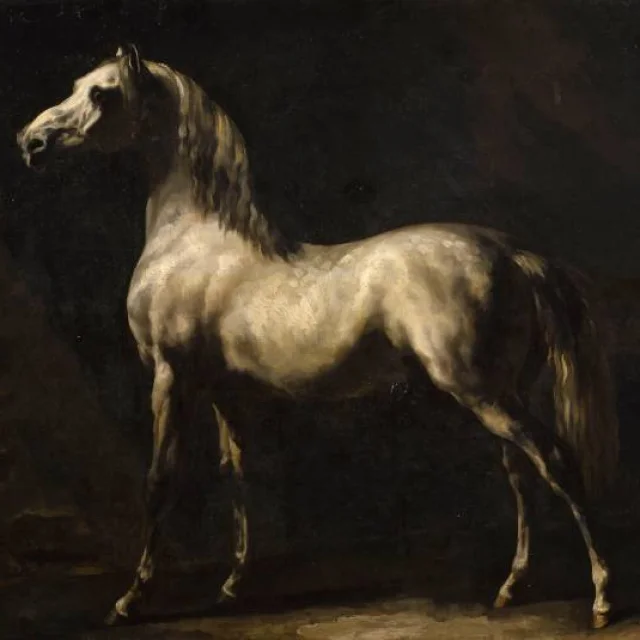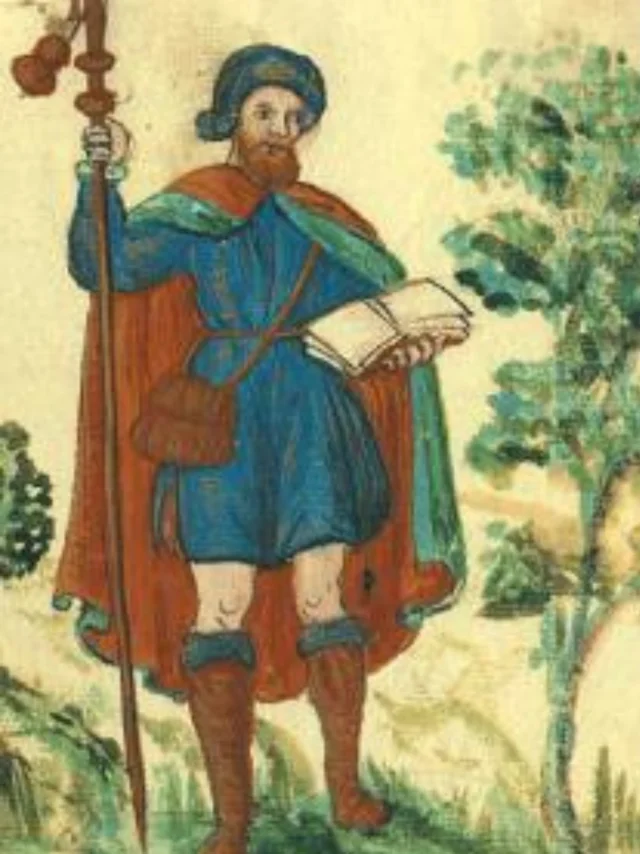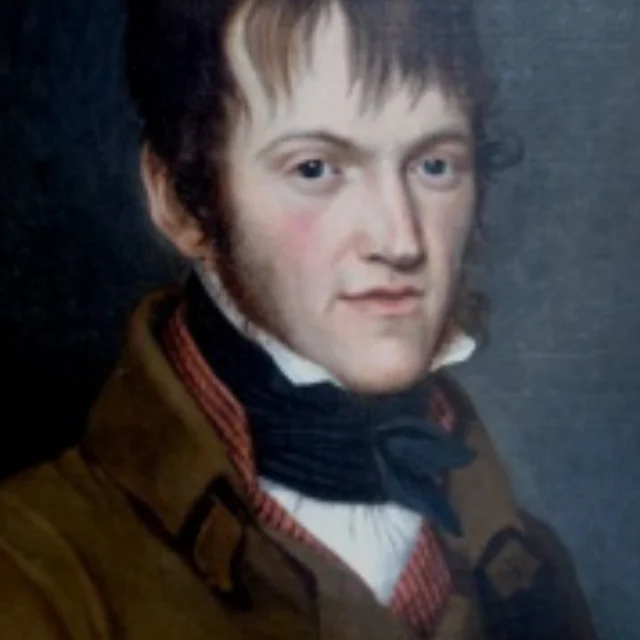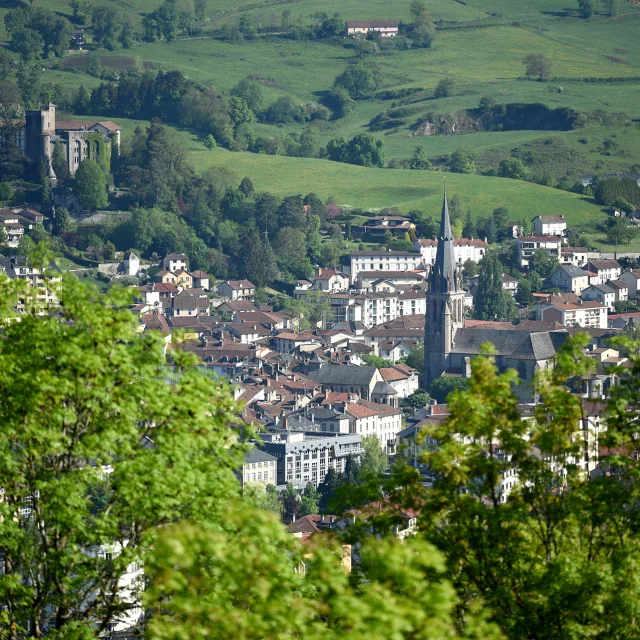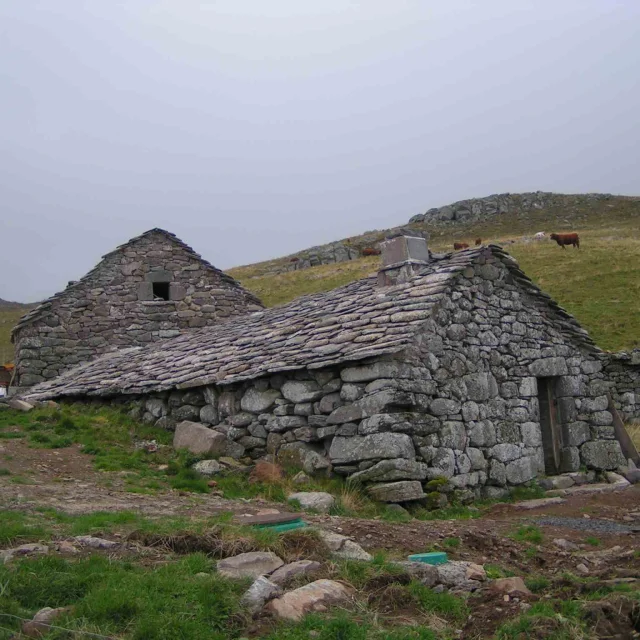 Buron refuge de la Fumade Vieille
Buron refuge de la Fumade VieilleThe buronsdu cantal
The burons, whose name comes from the Occitan term “boria” meaning “farm”, appeared between the XVIᵉ and XVIIᵉ centuries. These buildings were at the heart of transhumance: every summer, herds of Salers cows climbed to the estives to take advantage of the lush pastures.
The burons served as living quarters for the buronniers and production centers for dairy products, notably the famous Cantal cheese.
Typically built of volcanic stone and covered with lauzes, these buildings were designed to withstand the harsh mountain climate and embodied the heart of the pastoral economy until the XXᵉ century.
With the industrialization of milk production and new health standards, their traditional use declined, leading to the abandonment of many burons in the 1960s.
 Hiking - Col de Cabre, Buron
Hiking - Col de Cabre, Buron